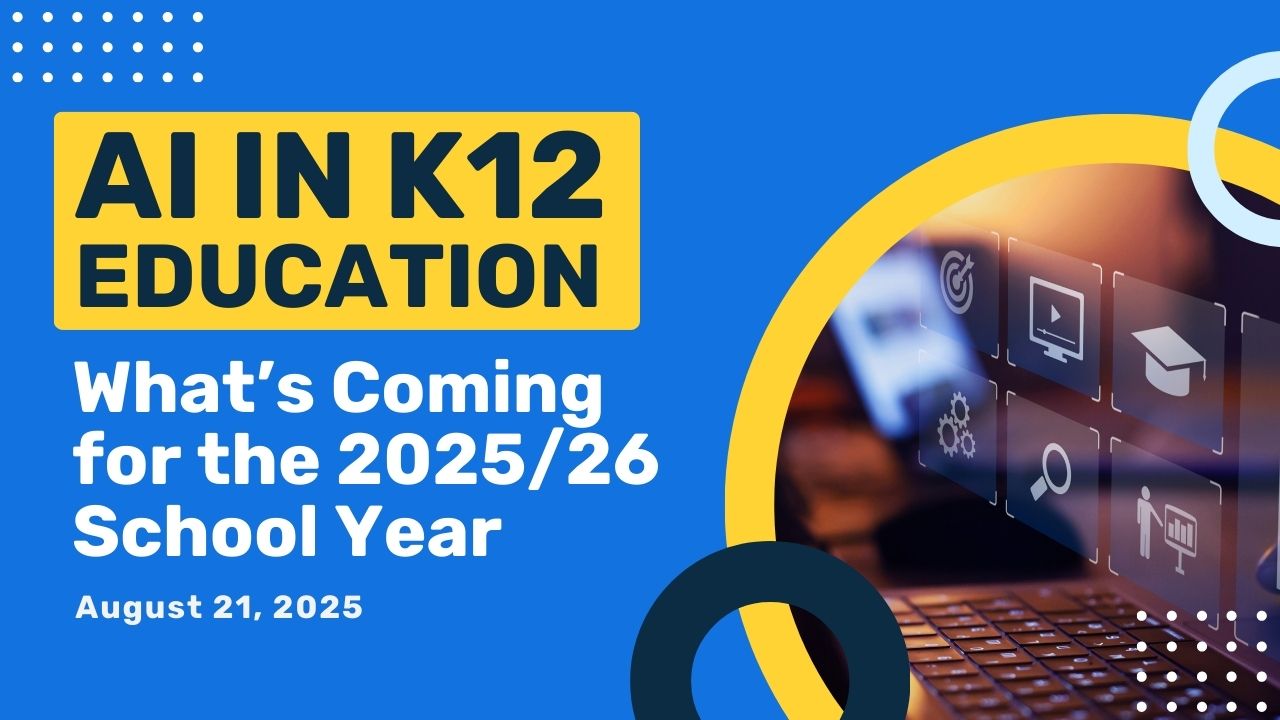Programming has become an essential skill that empowers individuals to bring their ideas to life. However, traditional coding can be daunting to start out with, with its complex syntax and intricate logic. To bridge this gap and make learning programming accessible to a wider audience, block-based coding has emerged as a revolutionary approach. Below, we explore what block-based coding is, how it works, and the benefits it offers to beginners, educators, and even experienced developers.
What is Block-based Coding?
Block-based programming revolutionizes the way computer programs are created, employing a visually intuitive approach where code is represented by dynamic blocks. These blocks seamlessly fit together like interlocking puzzle pieces, empowering individuals with limited programming expertise to effortlessly craft basic programs and scripts.
Enter the realm of block-based coding, a visually captivating programming language that enables users to unleash their creativity through the simple act of dragging and dropping pre-defined command blocks. These blocks are adorned with graphical elements, each embodying a distinct programming instruction or logical operation. Through the artful arrangement and seamless connection of these blocks, users effortlessly weave a tapestry of commands, birthing fully functional programs with ease.
How Does Block-based Coding Work?
The key concept behind block-based coding is abstraction. Instead of writing lines of code in a text-based programming language, users can work with a user-friendly interface that presents code elements as blocks. Each block encapsulates a particular command or function, such as "move forward," "turn left," or "repeat." Users can arrange these blocks in a logical order to form a complete program.
The blocks are designed to fit together like puzzle pieces, with connections indicating the flow of information between different commands. By connecting blocks, users can pass data, variables, and control flow between different parts of the program. Block-based coding environments often provide helpful features like color-coding, tooltips, and error-checking to aid users in constructing their programs accurately.
What Are the Benefits of Learning Block-Based Coding?
One of the main benefits of block-based programming is that it is highly visual and intuitive, making it an effective way to introduce people to programming concepts. Instead of having to write lines of text-based code, users can simply drag and drop blocks to create their programs. This allows them to focus on the logic and structure of their code, rather than getting bogged down in syntax and other technical details.
But block-based programming offers a myriad of additional benefits. For example, block-based coding environments often include real-time visual feedback. As users assemble their programs, they can observe the immediate effects of their code by running simulations or interacting with virtual objects. This feedback loop helps users understand the cause-and-effect relationships in programming, enhancing their learning experience. This feedback also aids in error prevention.
In addition, block-based coding can be used to create various types of programs, from animations and games to robotics and web development. These platforms often provide libraries or extensions that expand the capabilities of block-based coding, enabling users to work on more advanced projects as they progress.
Why is Block-based Coding Used?
Block-based programming is often used in educational settings to teach young students the fundamentals of computer science. Its relative simplicity makes it an excellent starting point for new coders, as students who use it can develop an understanding of computer logic before having to understand code syntax and formatting.
It can also be a useful tool for professionals who are new to programming, or those who need to quickly prototype an idea without having to write a lot of code. There are many different block-based programming languages and platforms available, each with its own set of features and capabilities. Some popular examples include Scratch, Blockly, and Snap!. These platforms often include a variety of pre-made blocks for common programming tasks, as well as the ability to create custom blocks for more advanced projects.
—
Block-based coding has transformed the programming landscape by making coding accessible and enjoyable for beginners, educators, and experienced developers alike. With its visual nature, immediate feedback, and error-prevention mechanisms, block-based coding empowers learners to explore the fundamentals of programming without feeling overwhelmed by intricate syntax. This approach has not only introduced programming to younger generations but has also allowed people from diverse backgrounds to engage with technology in a meaningful way. As block-based coding continues to evolve, it promises to unlock even more creative potential, fostering innovation and problem-solving skills among individuals of all ages.
Interested in discovering more about the world of coding?













.webp)

